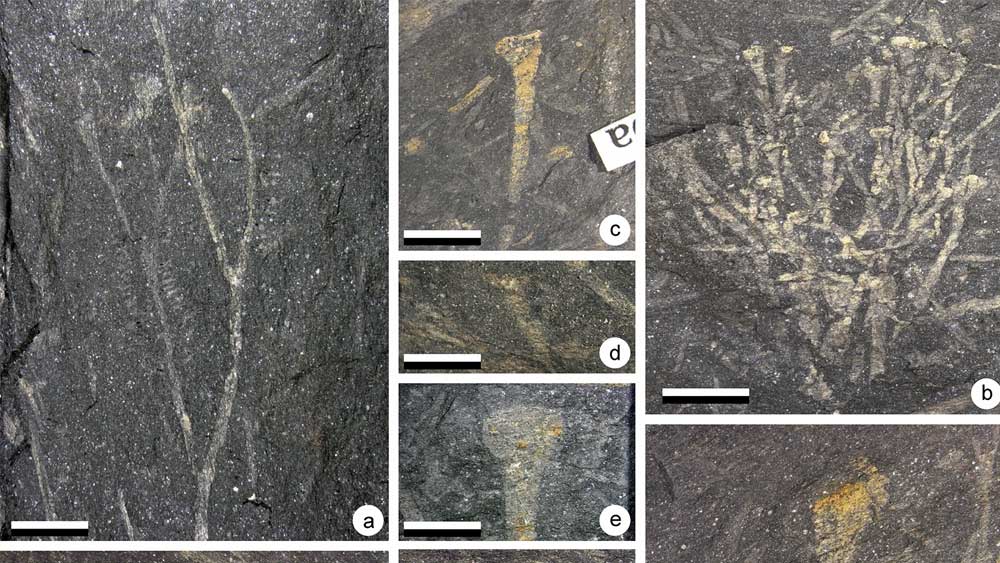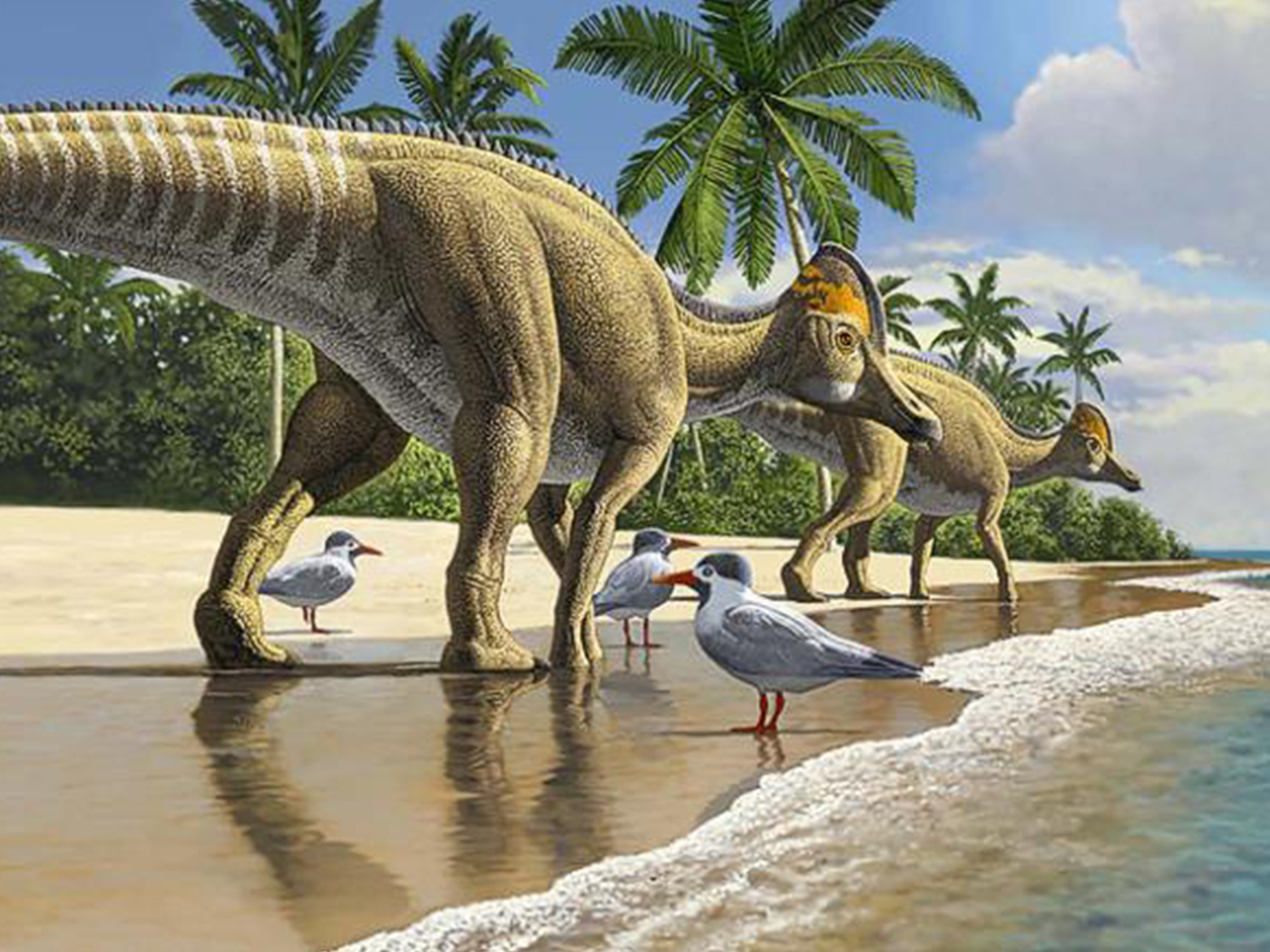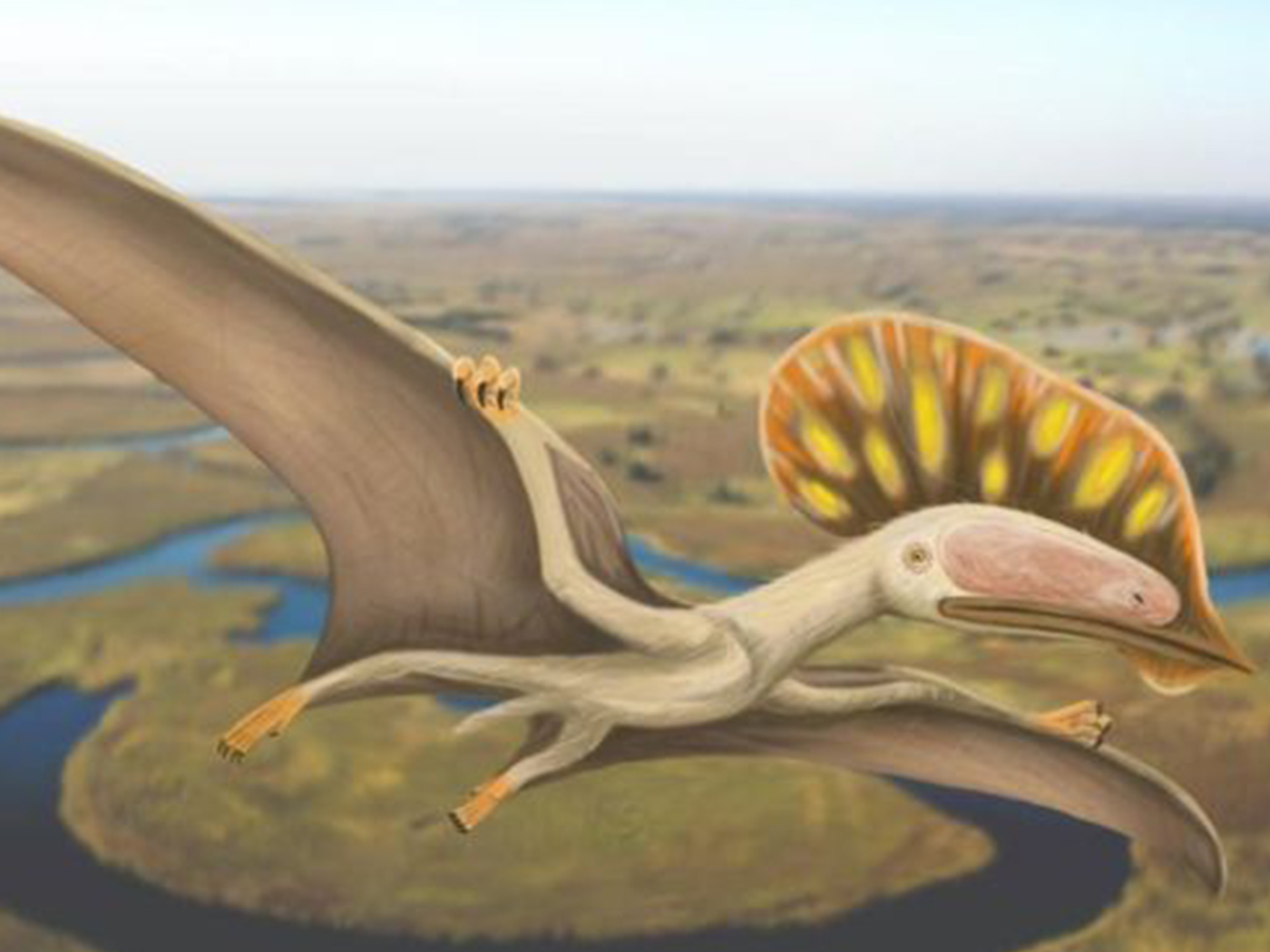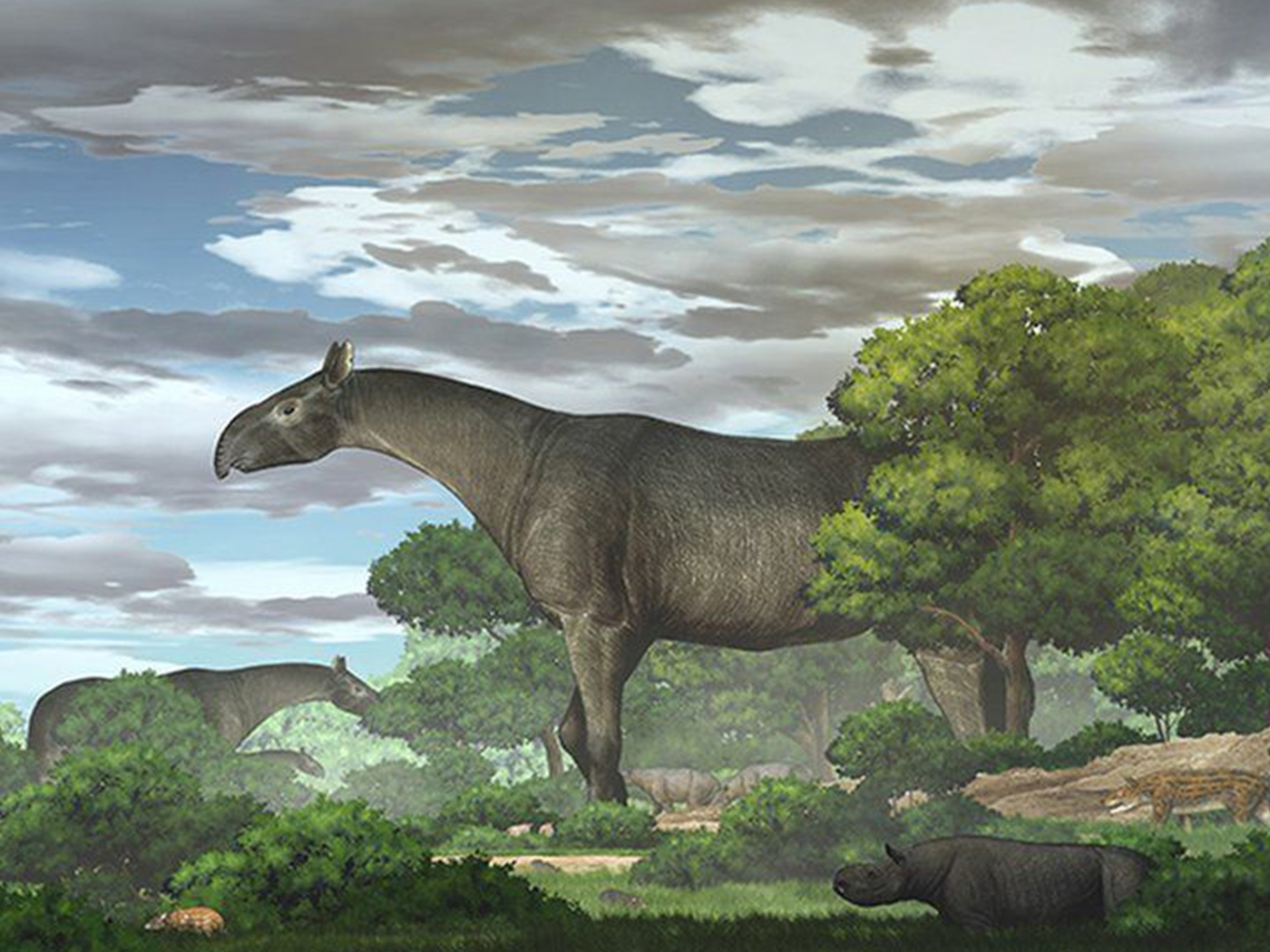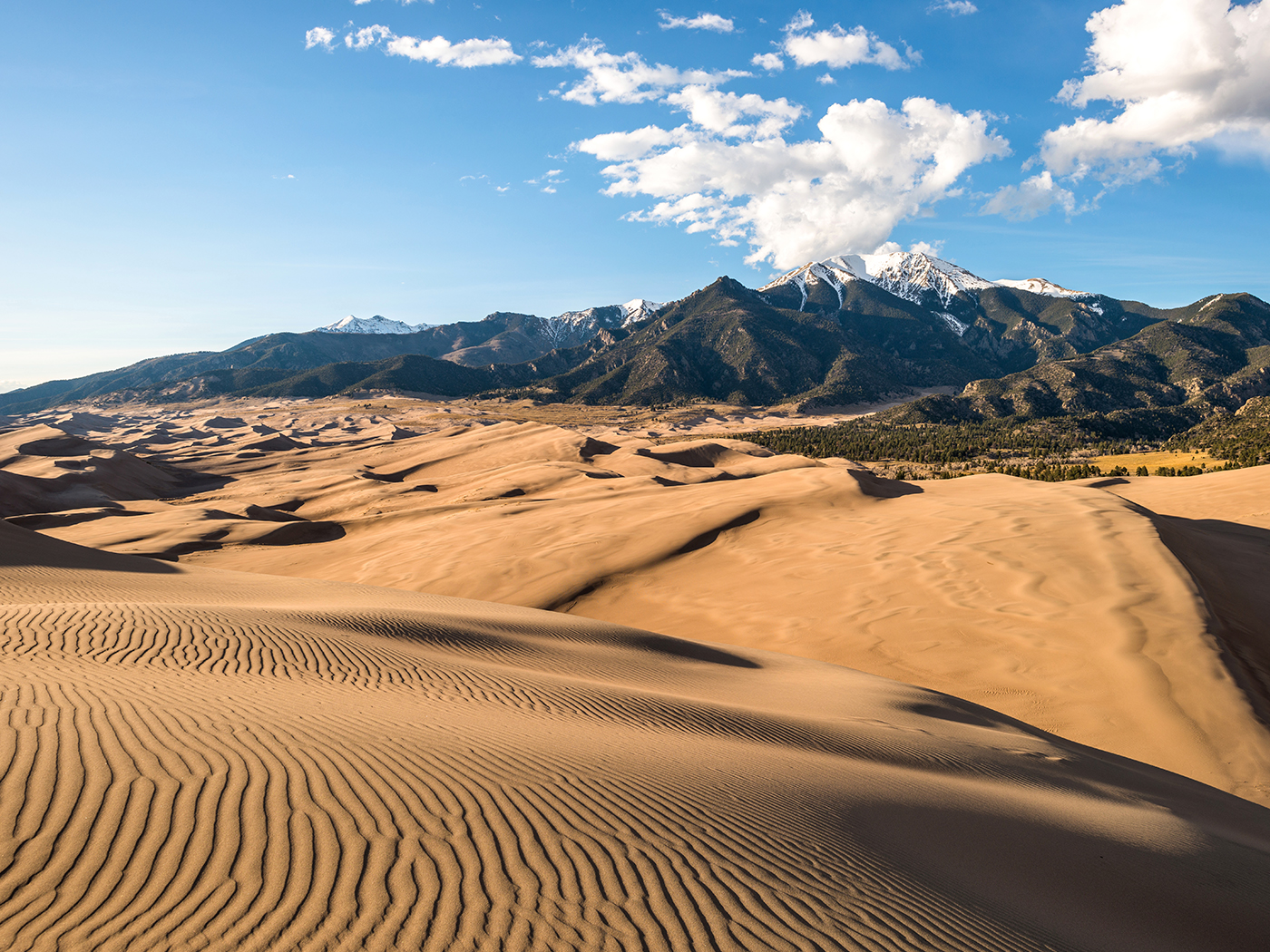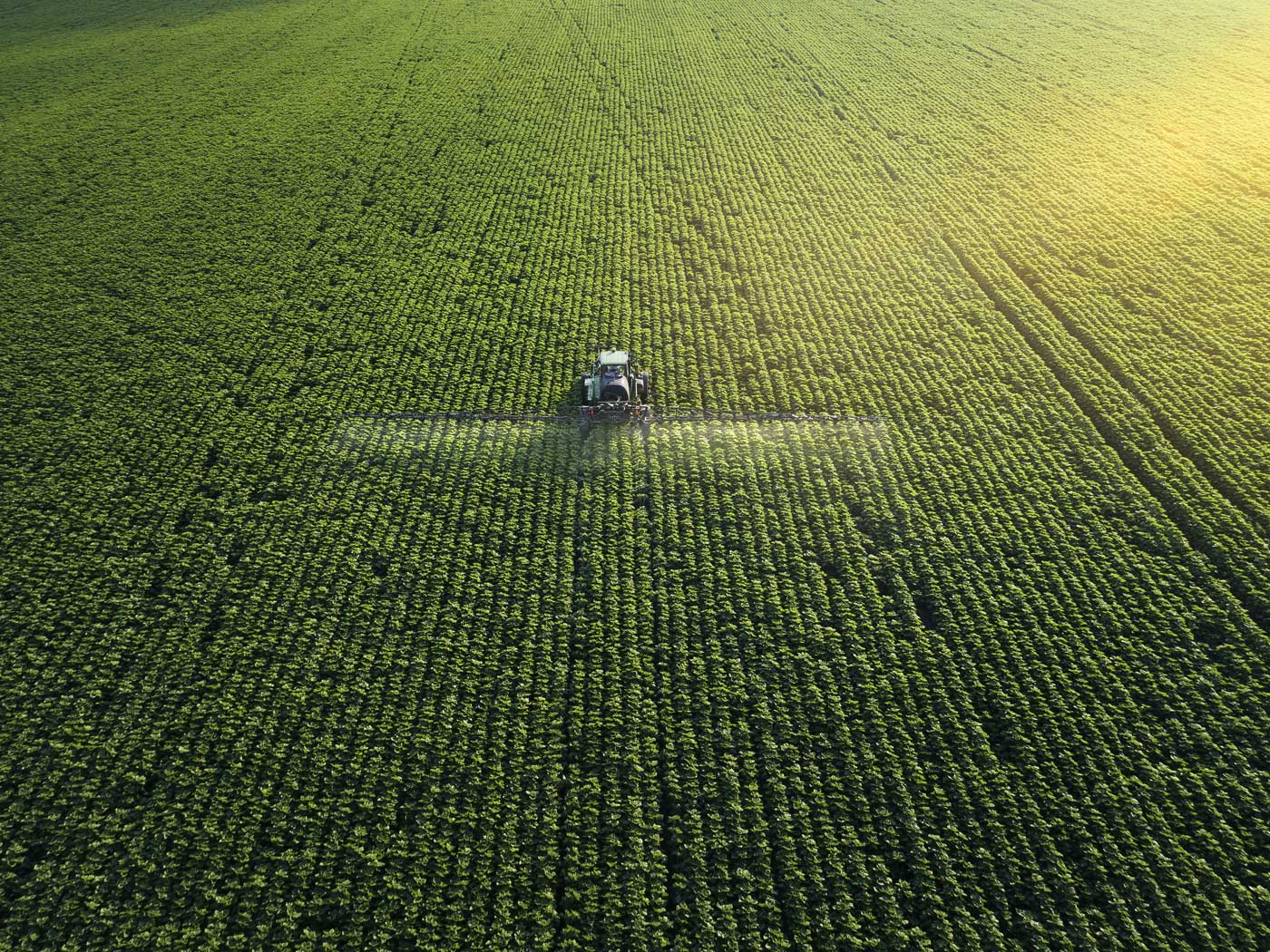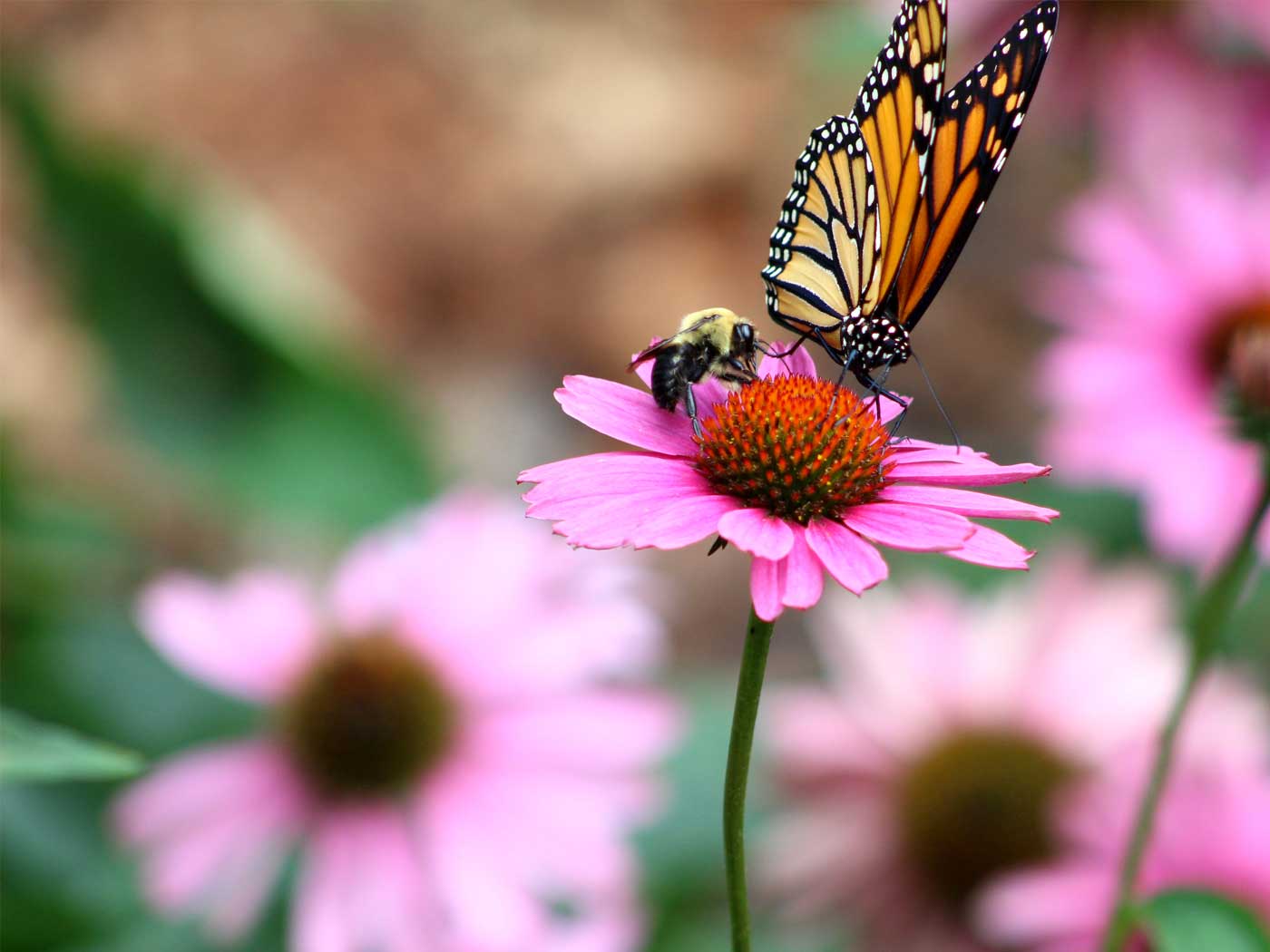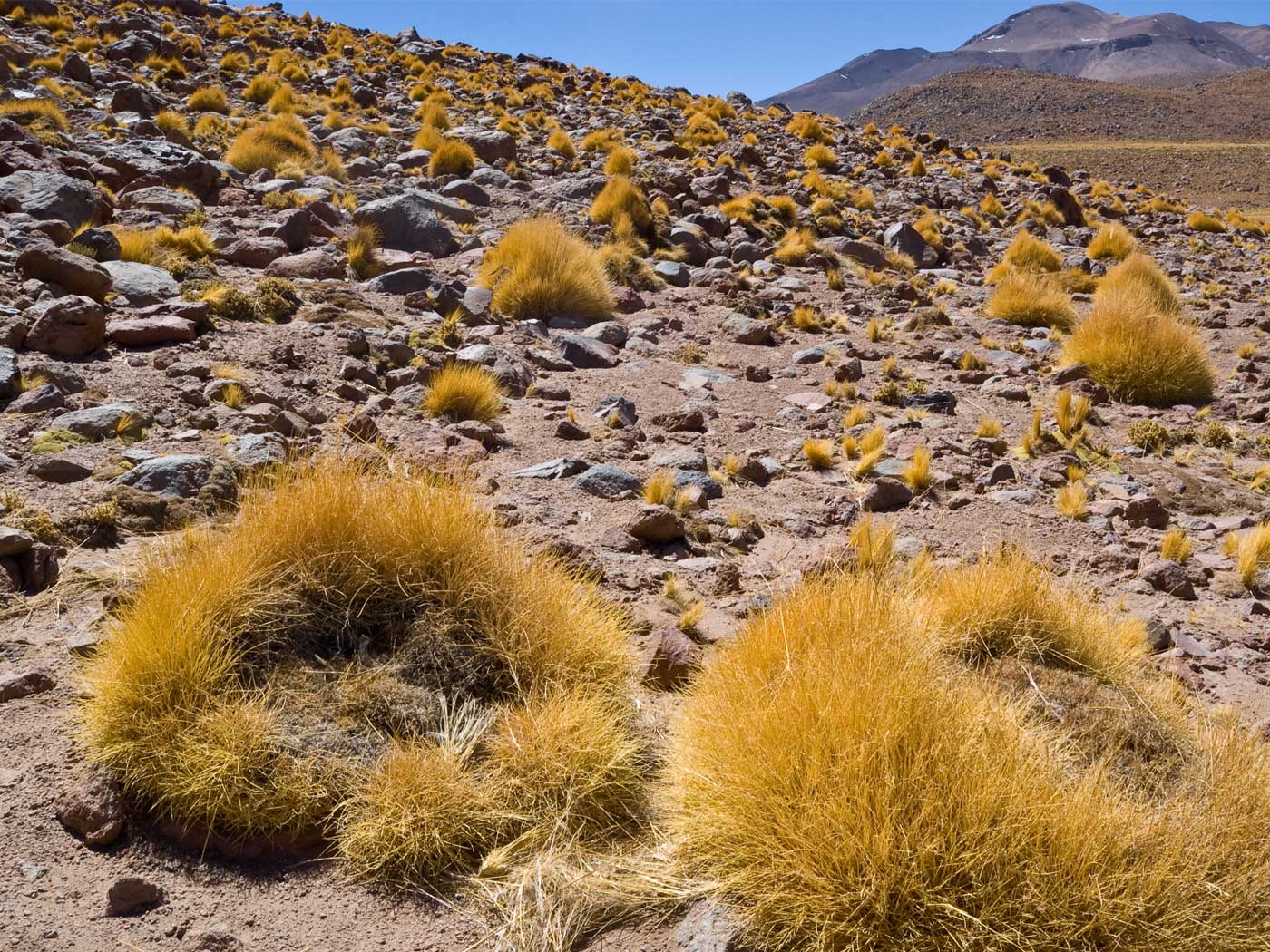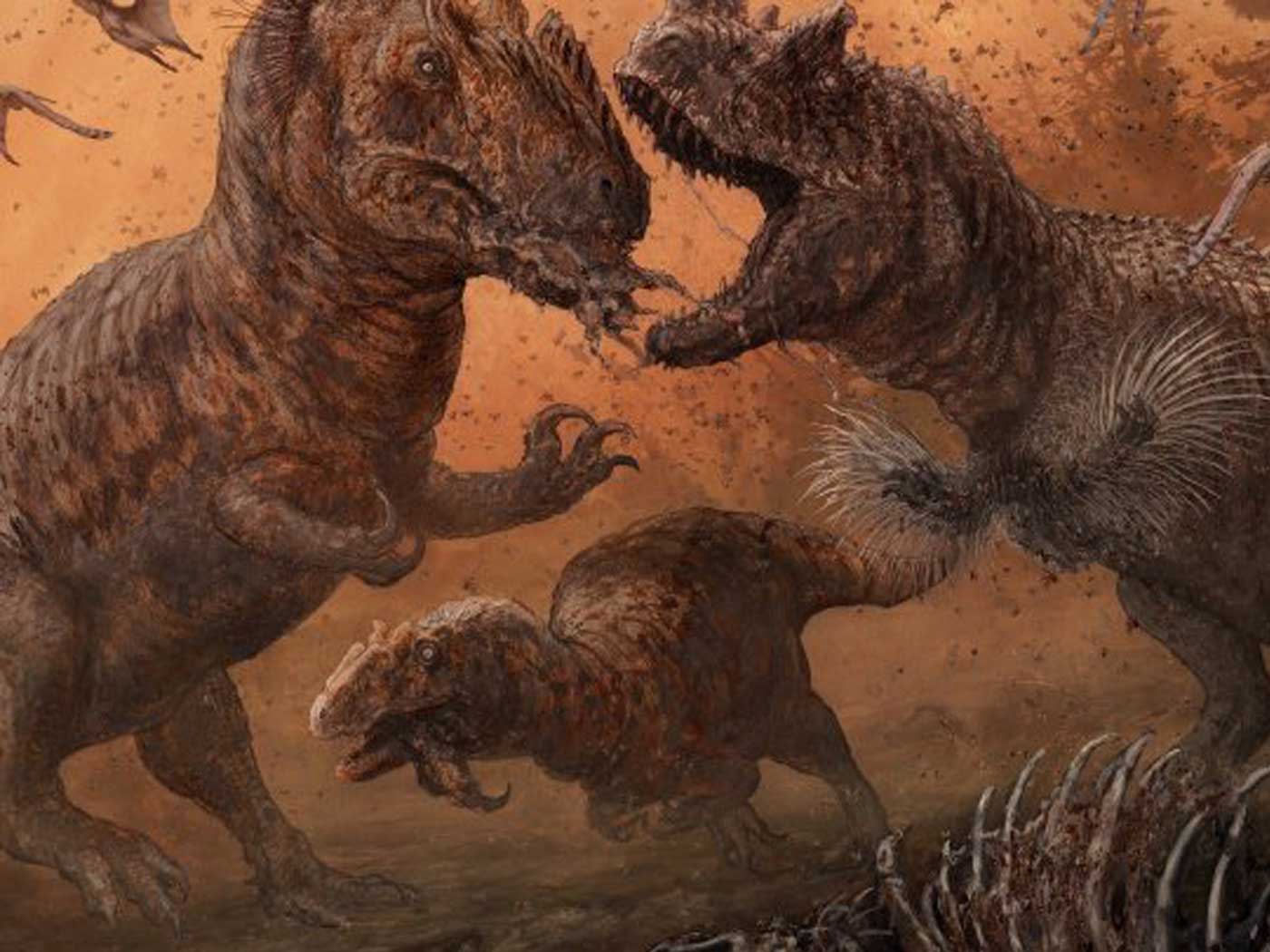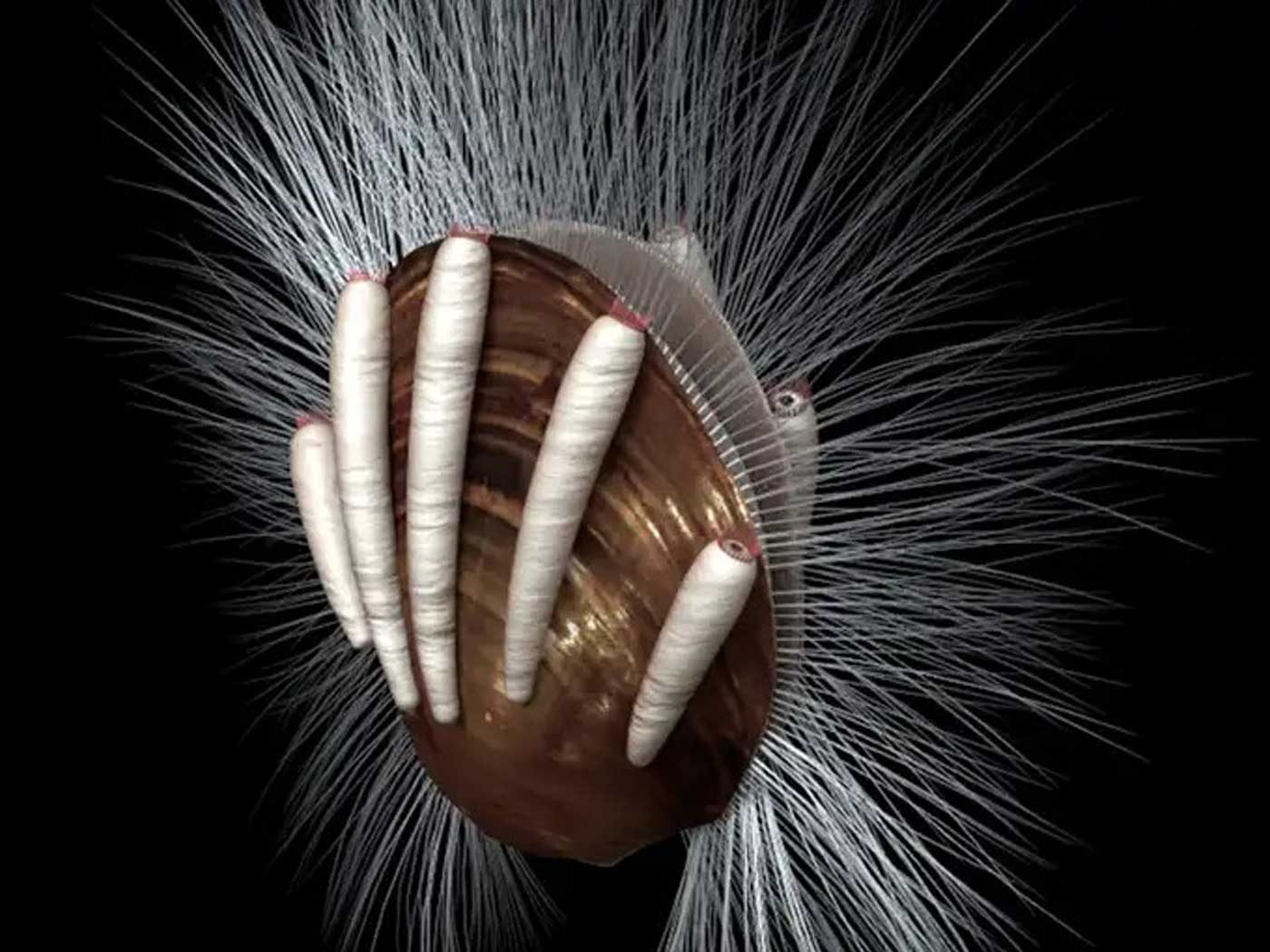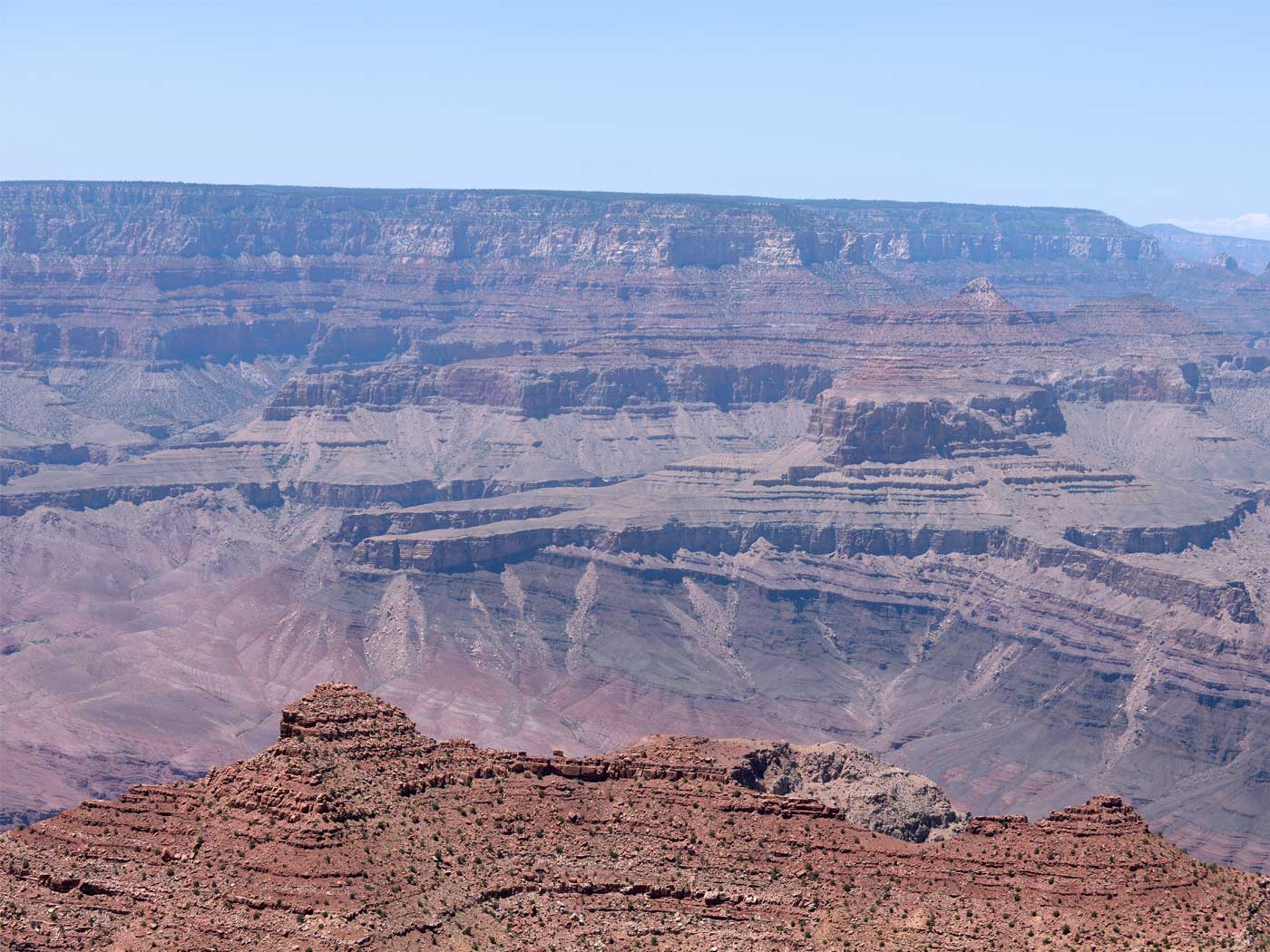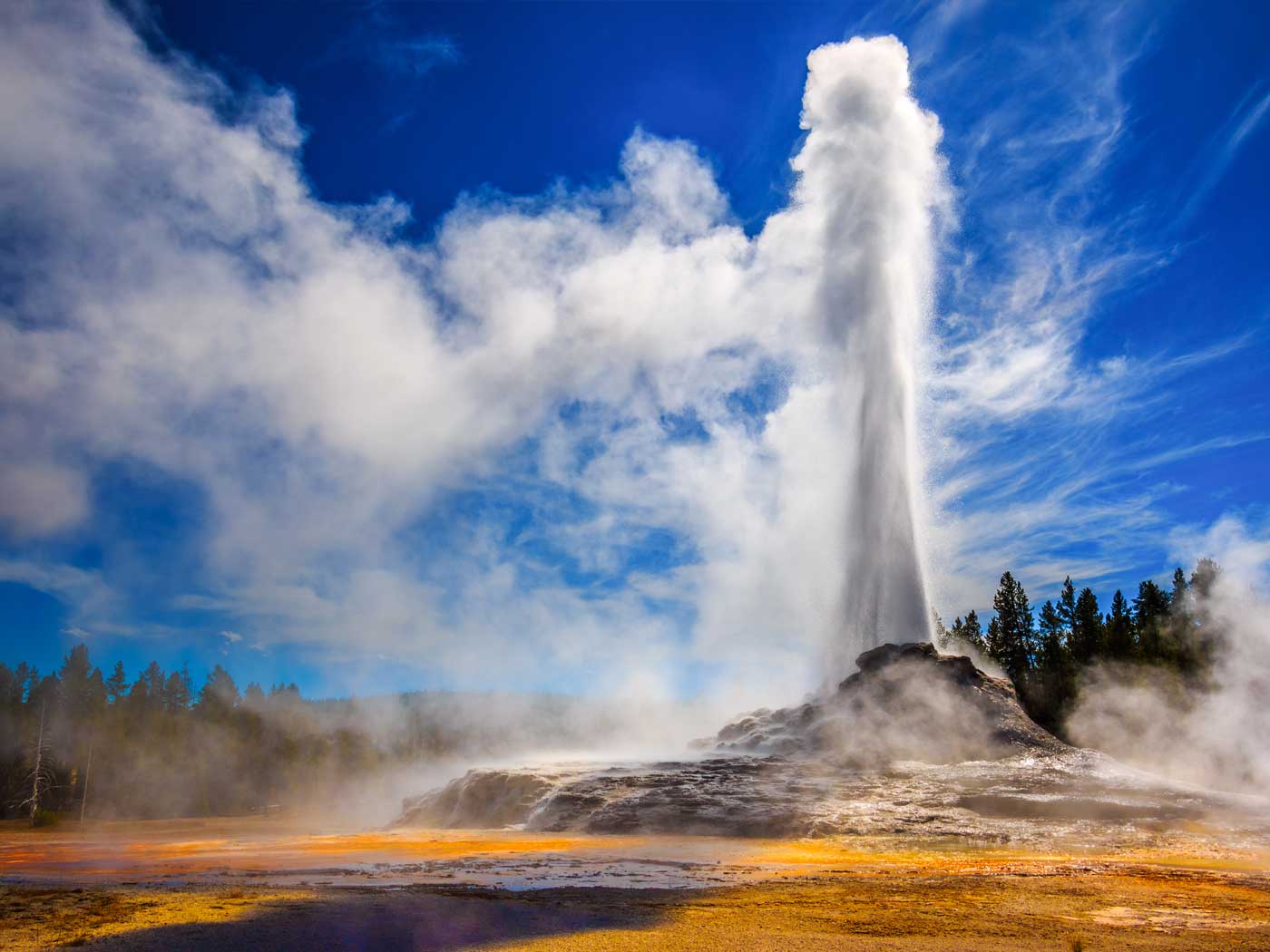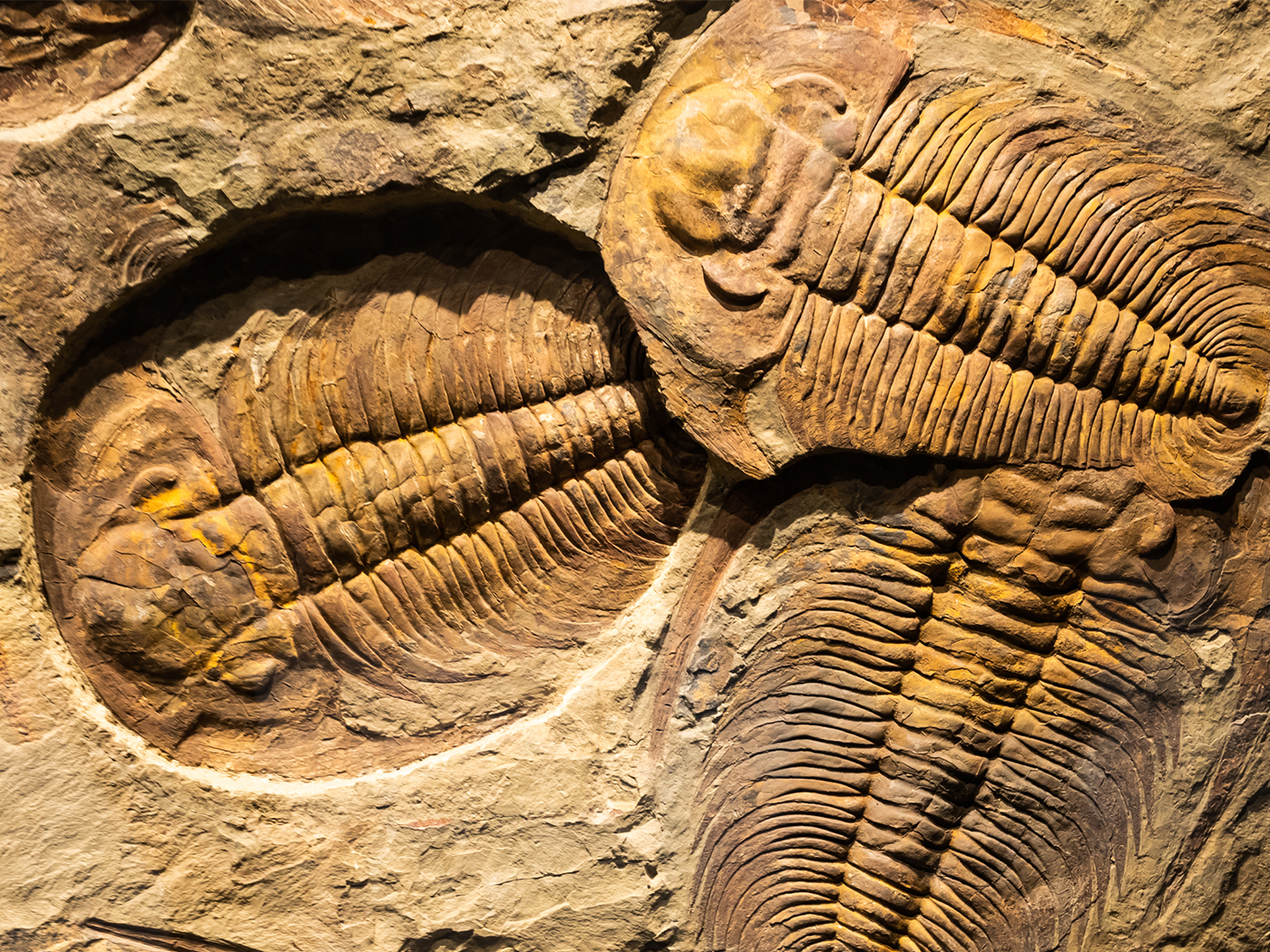Discovered in 2015 during the expansion of the Mpofu Dam in South Africa, the fossil plants are in a rock unit known as the Baviaanskloof Formation.2 The scientists found a total of 15 species of plants, including three new varieties.1
Cyrille Prestianni, a paleobotanist from the University of Liège and co-author of the study published in Scientific Reports, said:
"This flora is also particularly interesting because of the quantity of complete specimens that have been discovered. These plants are small, with the largest specimens not exceeding 10 cm [4 inches] in height. They are simple plants, consisting of axes that divide two or three times and end in reproductive structures called sporangia."2
Seedless vascular plants are not simple by any means but are a sophisticated system designed to utilize ample amounts of water for their reproduction through the use of spores.3 They did not have a true root system, instead using the underground part of the stem (rhizome) to move water to the above ground portion of the plant. They were true wetland plants, adapted to live in low, wet, or marshy environments.3
According to secular scientists, the early Devonian was only supposed to be about seven degrees Celsius (about 12 degrees Fahrenheit) hotter than today,4,5 likely not warm enough to ward off the cold for plants trying to flourish that far south. And then there’s the light issue. These plants would have had to endure vast periods of near total darkness throughout the year. Nowhere in their article do they address these issues. Instead, they mention an early Devonian site in southeast Brazil with similar plant fossils that is even closer to their claimed paleo-South Pole.
In addition, the upper part of the Baviaanskloof Formation contains many marine fossils like trilobites, brachiopods, bivalves and bryozoans.1 Although the authors note that these marine fossils are only found in the upper unit of the formation, there is apparently little difference in the unit from top to bottom. It is all essentially a sand-rich layer.1 And the very next formation above (Gydo Fm.) is accepted as being deposited in a fully marine setting.1 The evidence indicates that these plants were buried in some type of flood event that carried in marine fossils and placed them on top of wetland plants.
ICR has a better explanation for these plant fossils in South Africa. First, our global Flood model has South Africa and Brazil at about 30 degrees South Latitude in our pre-Flood world reconstruction.6 This is a much more reasonable, and likely tropical, latitude for seedless vascular plants to flourish.
Secondly, we place these Devonian plants at the outermost edges of the pre-Flood landmasses.6 This was most likely a wet, marshy environment along the coast, conducive for vascular plants by design. The early Flood waters could have easily torn some of these plants loose and transported them, burying them before most inland land plants. In fact, the early Devonian marked the beginning of the third major surge of the floodwaters across the edges of the continents, known as the Kaskaskia Megasequence.7 This progressive flood model also explains the marine fossils found on top of the land plant fossils.
Dr. Jeff Tomkins described how a progressive Flood best explained the fossils in the Devonian rocks (Kaskaskia Megasequence):
“The reason there is a mixing of marine animals with coastal creatures is because the sediment-laden floodwaters violently pushed up onto land, carrying marine fauna and mixing and depositing it with terrestrial fauna as represented by the top of the Kaskaskia Megasequence. This continual mixing of marine fossils with land creatures continued as the floodwaters progressed even farther to finally cover every landmass and terrestrial ecosystem.”8
This is why we find land plants with marine fossils buried directly on top, as observed in South Africa. The floodwater was still in its rising phase, burying higher and higher ecological zones. It did not reach its peak until on Day 150 of the Flood during deposition of the Zuni Megasequence, near the top of the Cretaceous.9 These seedless vascular plants, growing in the outer reaches of the coastline were merely some of the first plants to be inundated. There was plenty more to come as the water rose even higher.
God tells us about the creation and the global Flood in Genesis. There was no plant evolution. Each plant and animal kind was designed to only reproduce after its kind and to adapt and fill certain ecological niches. The rocks and fossils tell us about the progression of the Flood and give us a record of burial by ecological zonation combined with marine mixing. This model offers a better explanation for the global nature of the fossil record. Similar environments were progressively inundated across the earth as the Flood’s waters rose, resulting in different types of fossils at higher levels in the rock strata. The Devonian and Kaskaskia were near the beginning of the Flood event, providing a glimpse into the flora and fauna that lived near the pre-Flood coasts. It all makes sense in light of God’s history book of the ages.
Stage image: Cooksonia paranensis fossils found in South Africa.
Stage image credit: Robert W. Gess & Cyrille Prestianni. Copyright © 2021. Adapted for use in accordance with federal copyright (fair use doctrine) law. Usage by ICR does not imply endorsement of copyright holders.
References
1. Gess, R. W., and C. Prestianni. 2021. An early Devonian flora from the Baviaanskloof Formation (Table Mountain Group) of South Africa. Scientific Reports. 11 (1).
2. University of Liege. 2021. Diverse fossil flora from 400 million year ago. ScienceDaily. Posted on ScienceDaily.com June 8, 2021, accessed June 11, 2021.
3. Wicander, R., and J. S. Monroe. 2013. Historical Geology: Evolution of Earth and Life Through Time, 7th ed. Belmont, CA: Brooks Cole.
4. Veizer, J. et al. 1999. 87Sr/86Sr, δ13C and δ18O evolution of Phanerozoic seawater. Chemical Geology. 161 (1-3): 59-88.
5. Royer, D. L. et al. 2004. CO2 as a primary driver of Phanerozoic climate. GSA Today. 14 (3): 4-10.
6. Clarey, T. 2020. Carved in Stone: Geological Evidence of the Worldwide Flood. Dallas, Texas: Institute for Creation Research, 152-171.
7. Ibid, 234-255.
8. Tomkins, J.P. 2021. The Fossils Still Say No: Missing Early Evolution of Land Vertebrates. Acts & Facts. 50 (4).
9. Clarey, Carved in Stone, 282-311.
*Dr. Clarey is Research Associate at the Institute for Creation Research and earned his doctorate in geology from Western Michigan University.




